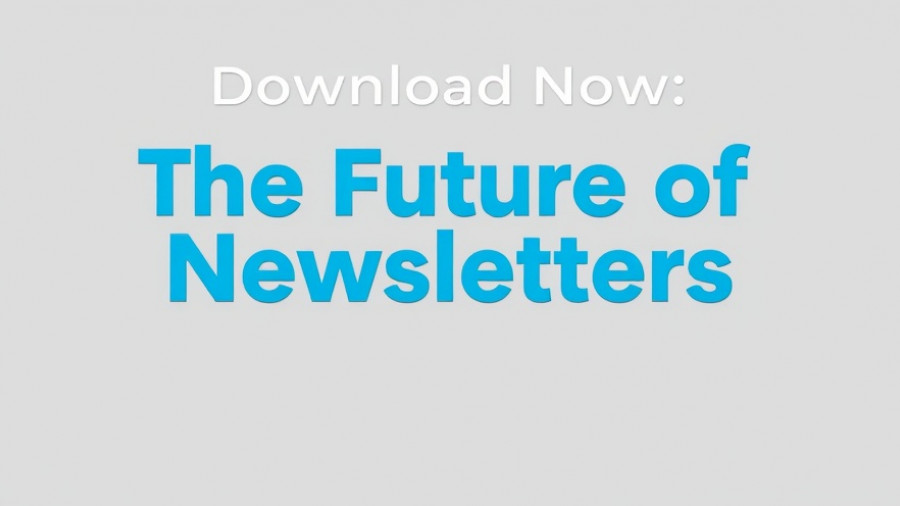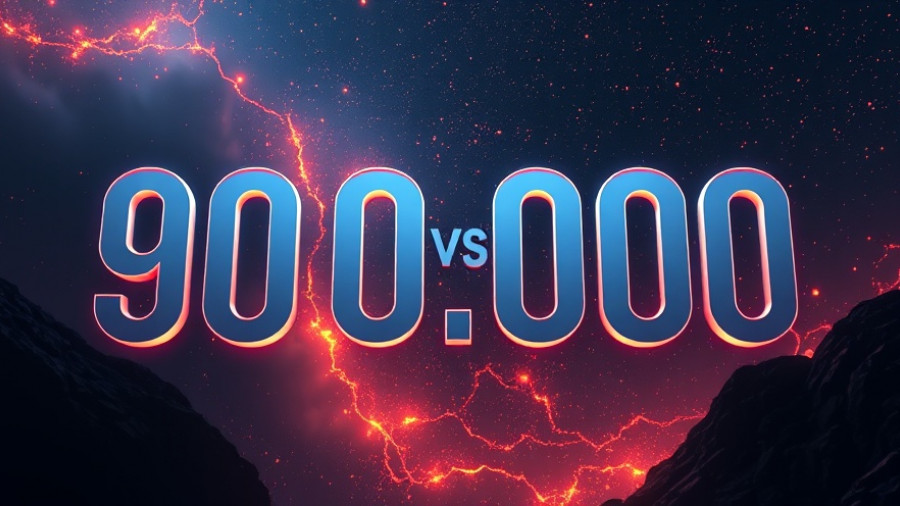
The Power of Open Graph Tags in Digital Marketing
In the ever-evolving landscape of digital marketing, understanding how to maximize your online content's visibility and engagement is essential, especially for small and medium-sized businesses. Open Graph (OG) tags are pivotal tools in achieving this, influencing how content is shared across popular social media platforms like Facebook, LinkedIn, and Twitter.
What Are Open Graph Tags?
Open Graph tags are snippets of code that you implement into your website's header to control how your content appears when shared on social media. Developed by Facebook, this protocol ensures that the information pulled from your web pages is displayed consistently, enhancing visual appeal and engagement.
For instance, a blog post shared with OG tags can feature an attractive image and a compelling title, drawing viewers in. In contrast, posts lacking these tags may present poorly, typically showcasing a bland link that does little to catch the viewer’s attention.
Why Are Open Graph Tags Important?
Utilizing Open Graph tags can significantly boost your social media performance. Metrics indicate that posts with images garner 100% more engagement. By crafting an inviting preview with OG tags, businesses can:
- Increase Click-Through Rates: Well-curated link previews are more likely to attract clicks, directing traffic to your website.
- Enhance Brand Visibility: Consistent and professional previews help reinforce brand identity across platforms, making your content instantly recognizable.
- Generate Indirect SEO Benefits: A surge in clicks and shares can lead to improved SEO rankings, as more interactions potentially result in backlinks.
Understanding Types of Open Graph Tags
Implementing OG tags involves differentiating between required and optional tags.
Required Tags: These are necessary for a proper display on social media, and include:
-
og:title: Defines the content's title. -
og:image: Specifies the image that accompanies your post. -
og:url: Points to the canonical URL of the shared content.
Adhering to best practices when filling out these tags is critical. For example, keeping titles around 55-60 characters helps avoid truncation, and using high-resolution images is essential for grabbing attention.
Building Effective Open Graph Tags
Creating Compelling Title and Descriptions
The title and description you choose play an immense role in attracting clicks. Ensure that the og:title is not only descriptive but also engaging. Titles following predictable structures, like “5 Tips to Boost Your Engagement,” tend to perform well. Adding enticing language can encourage more users to engage with your post.
Incorporating Visuals Effectively
Images significantly impact engagement rates. Businesses should utilize the og:image tag effectively by including visually appealing, high-quality images that reflect their content accurately. The recommended size of 1200 x 630 pixels ensures that images look great on various displays.
Future Insights and Trends for Open Graph Tags
As we move deeper into a more visual and interactive digital age, the importance of optimized social media content is likely to escalate. Businesses will need to embrace OG tags as a standard practice, evolving strategies to engage their audience efficiently. Integrating AI tools for content generation and optimization can also enhance how businesses implement OG tags to capture audience interest.
Aligning Your Strategy with Open Graph Best Practices
For small and medium businesses, aligning OG practices with overall marketing strategies is vital. Here’s what you can do:
- Consistent Updates: Regularly update OG tags to reflect changes in your content or marketing focus.
- A/B Testing: Experiment with different images and titles to see what works best for your audience.
- User Feedback: Engage with your audience to ascertain what types of previews they find most appealing.
Conclusion: Elevate Your Social Engagement with Open Graph Tags
In conclusion, effectively utilizing Open Graph tags is more than just a technical requirement; it’s a strategic advantage in the competitive market of digital marketing. As small and medium-sized businesses, honing in on these tools can drive higher engagement rates, increased traffic, and solidify your online presence. Start optimizing your web content today to reap the benefits of enhanced social media performance.
If you’re looking to delve deeper into this subject or implement an optimized strategy for your business, consider consulting with digital marketing experts. Their insights can help you maximize the impact of your Open Graph tags.
 Add Row
Add Row  Add
Add 



Write A Comment